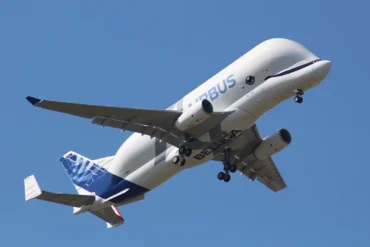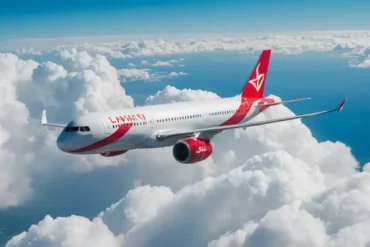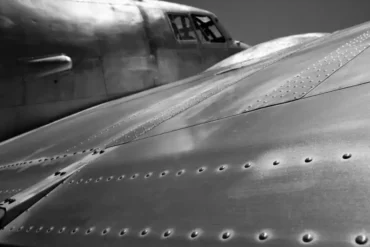Reflecting on words we use often leads us to wonder about their origins. Take the term “cockpit,” for example. We understand it means the pilot’s seat with controls and instruments. But why “cockpit”? Aviation terms are technical, yet this one stands out. How did this unique phrase become so common in aviation? Looking back in history reveals some interesting layers to its story.
The first written use of “cockpit” was in the 1580s, referring to the fighting arena for cockfights with birds. Then in 1635, a London theater called “The Cockpit” opened. It later became King Charles I’s cabinet, showing how the word evolved from bird fights to symbolizing control. As Robert Barnhart’s dictionary notes, it came to mean a “control center.”
Another path traces back to the 1700s, when soldiers used “cockpit” for confined combat zones, especially intense fights. This fit well for describing the tight quarters in World War I fighter planes. Pilots adapted the term to their compact cockpits. Before then, pilots sat on open wings or temporary seats. The military kept using “cockpit” too, for the surgeon’s station attending to wounded sailors during naval battles.
Discovering the Roots of “Cockpit”
Surprisingly, the history of “cockpit” isn’t just about bird fights. It also ties to “coxswain”—the person steering a small boat. “Cock” meant a little boat in old English, and “swain” was a servant. So a coxswain managed a boat. This nautical meaning passed to the steering area where the coxswain sat, eventually leading to the aviation use we know today. Early flight borrowed a lot from boating terms, which anchored “cockpit’s” evolution.
For history buffs, Victor Lougheed’s 1909 book “Vehicles of the Air” shows this transition. It depicts boat-like cockpits in early Bleriot, Antoinette and R.E.P. aircraft—a glimpse of the term entering aviation.
By 1915 “cockpit” was common in writing, as open seats were replaced with integrated pits. But language keeps evolving. Recently, the FAA proposed using “Flight Deck” instead of “cockpit,” to modernize terminology. This update, part of the FAA’s “Aviation Instructor’s Handbook” changes, has sparked discussion among aviators about adapting this traditional term.


















